Very little was known about the exact origin of the malbec, but in 1992 it was discovered to be a sibling of the Merlot , having a common mother: Madeleine Noir des Charente, while its father is the Prunelard. The grape is native of the southwest of France, from the region of Cahors where it is known as Côt.
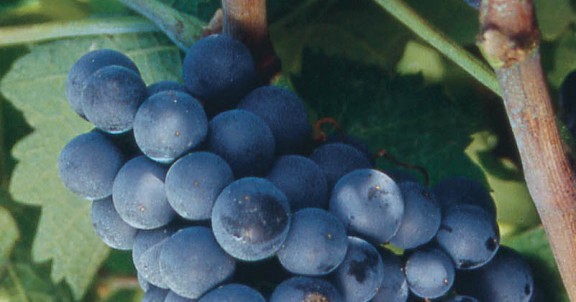
Malbec owes its name to the person responsible for introducing it on the region of Bordeaux.
Since the 19th century, it is part of the blends of Bordeaux, being one of the six grapes allowed. Because of its rusticity, it is used on a small percentage and only used as a varietal on its origin zone, on Cahors where it is only required a 70% or more of the mentioned varietal.
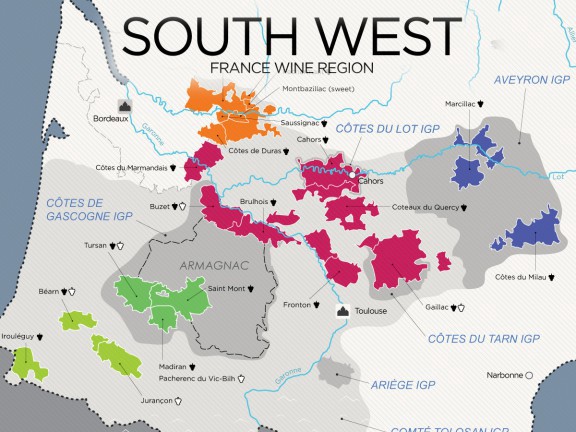
Mapa de WineFolly
Once upon a time, a french guide told me that the name Malbec was attributed to Mal Bouche, bad taste, since it was a grape that didn’t showed the great attributes of where it is native. Obviously, if that was its meaning on France here we should call it ‘tasty’.
This grape arrived to Argentina on the year 1852 thanks to Michel A. Pouget, a french agronomist engineer, founder of the Quinta Agronómica de Mendoza (The first agronomic school of the province), the place from which the first agronomists and vine growers with specific formation graduated.
In spite of the french origin of this grape, actually the oldest plants and most of the cultivated surface are in Argentina.
Little over a decade after arriving to our country, a plague called ”phylloxera” destroyed most of the harvest on France leaving our vineyards as the only “pre_phylloxera” malbecs.
While they did recover on their native city, Argentine has seven times more of cultivated surface than France, According to GuildSomm, these are the surfaces of each country
Argentina: 39,304 hectare (Argentina Harvest Report 2015)
France: 6,093 hectare (2011, France Agrimer)
Clone vs Mass selection
In simple words, when we talk about clones, we actually are talking about the direct descendants of a same plant. As such the progenitor (or mother) plant and its clone are genetically identical. There are different clones that are numbered as #1, #2 and #27 for example, each one displaying different characteristics like performances, aromatic profile and the berry’s size.
Now, when we talk about mass selection, we are making reference to the children of different plants of a same sector or sub-region, plants with similar, but not identical, characteristics, for example, Agrelo selection. This type of reproduction is sometimes seeked since at the moment of making a high quality wine it brings great complexity.
The INTA (National Institut of Agriculture and Livestock Technology) has explained in a simple way both systems.
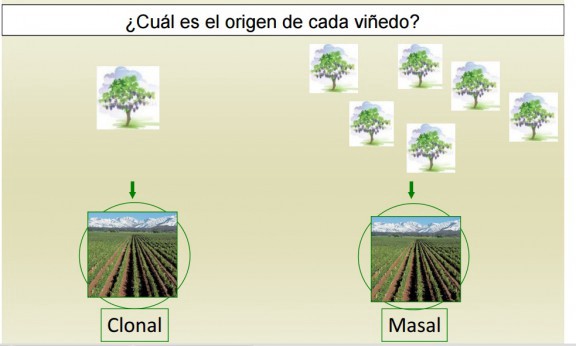
What makes malbec so special?
It is a variety that loves the sun and as such it adapted very well to Argentina. It’s possible to develop it from the parallel 22° to 39° (about 1600 km or 1000 miles long), since 200 masl (125 miles) in Patagonia until more than 3000 metres high (1875 miles) on the Calchaquies valleys on the north.
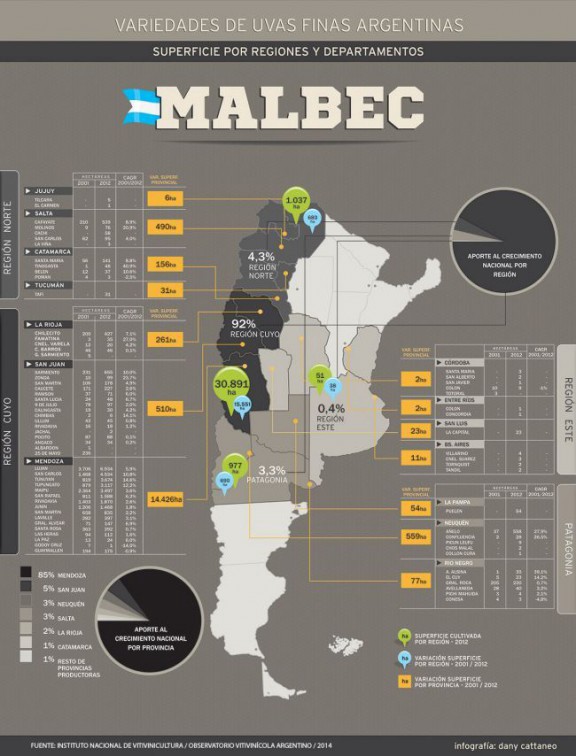
It is a grape that produces a simple and complex wine at the same time, with a great variability of aromas depending on the type of soil, altitude, latitude and number of hours of sunlight (You can find from Winkler I up to IV along the west of Argentina). The most important thing is that it is drinkable thanks to its silkiness and great balance.
I invite you to learn more about this wonderful french variety that expresses itself much better as argentinian with a glass of your favourite malbec[:]

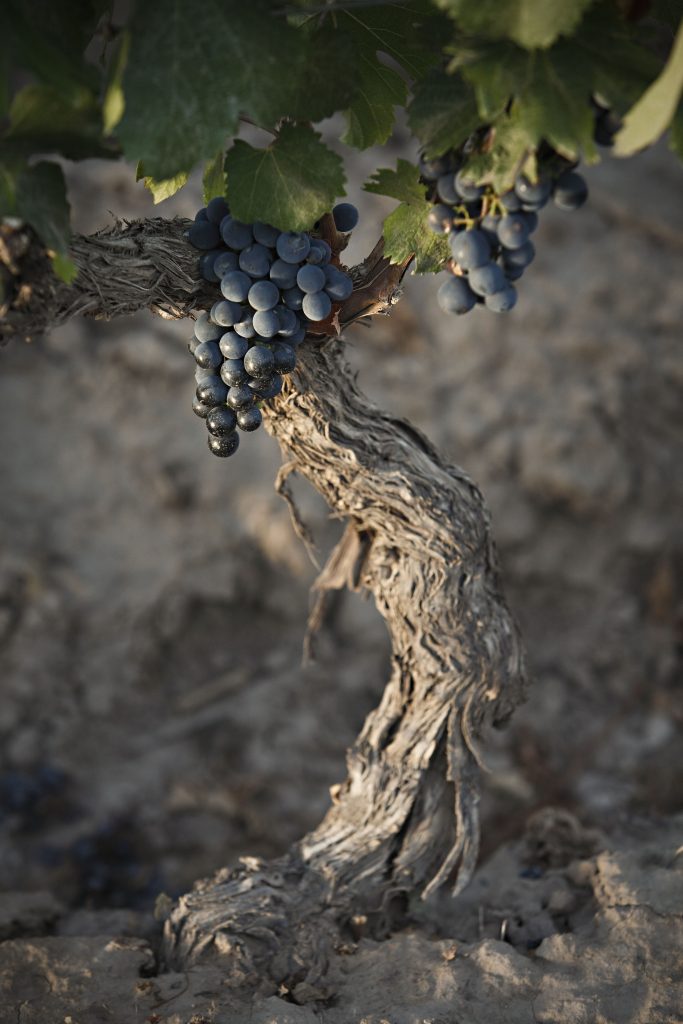
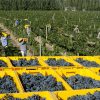

Saludos desde Madrid, me ha gustado el artículo, no soy muy de comentar pero me has obligado tras leerlo. Fuerte abrazo y gracias
Hola Noelia, muchas gracias por tu comentario. Me alegró mucho leerte!
saludos desde Mendoza, Argentina.